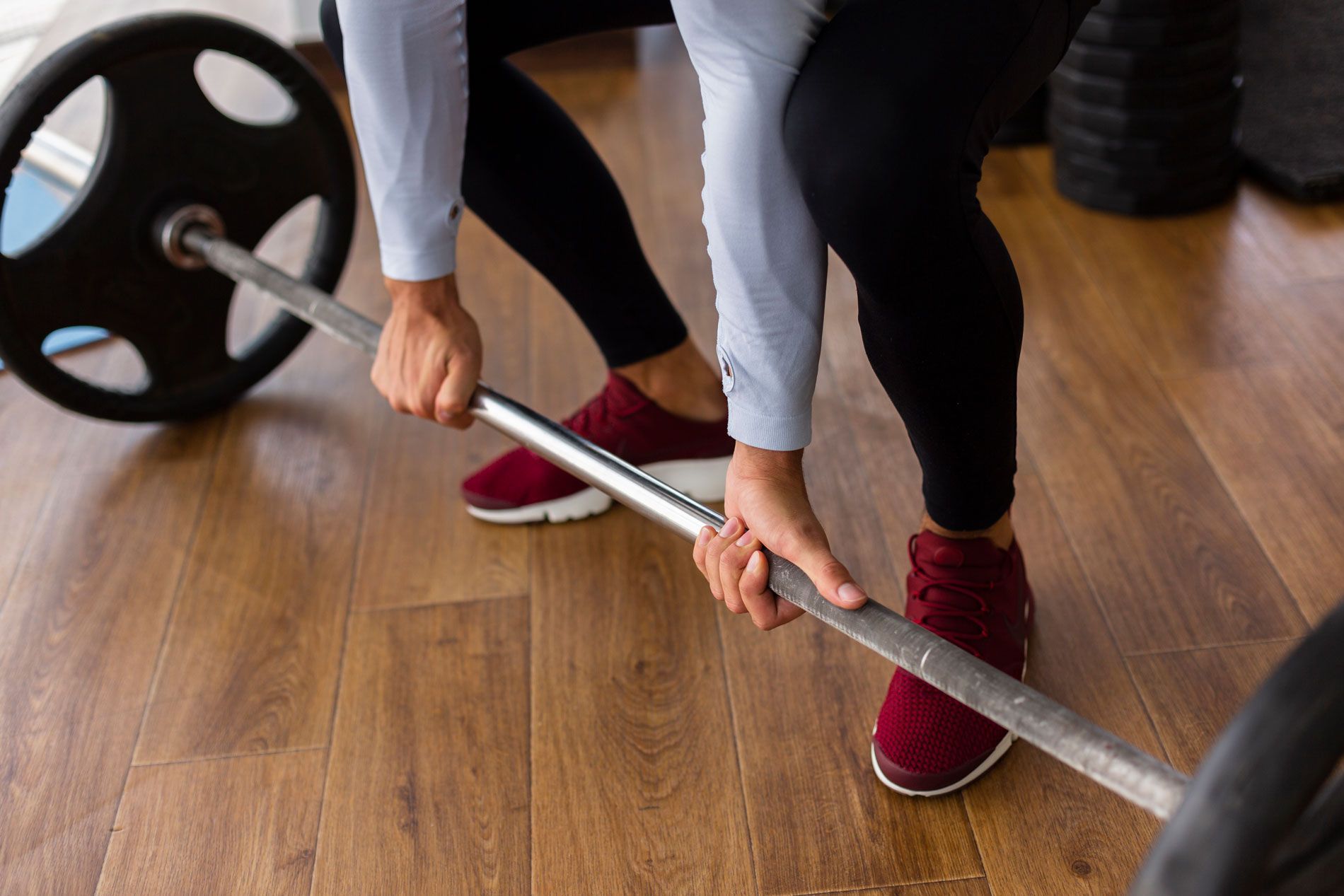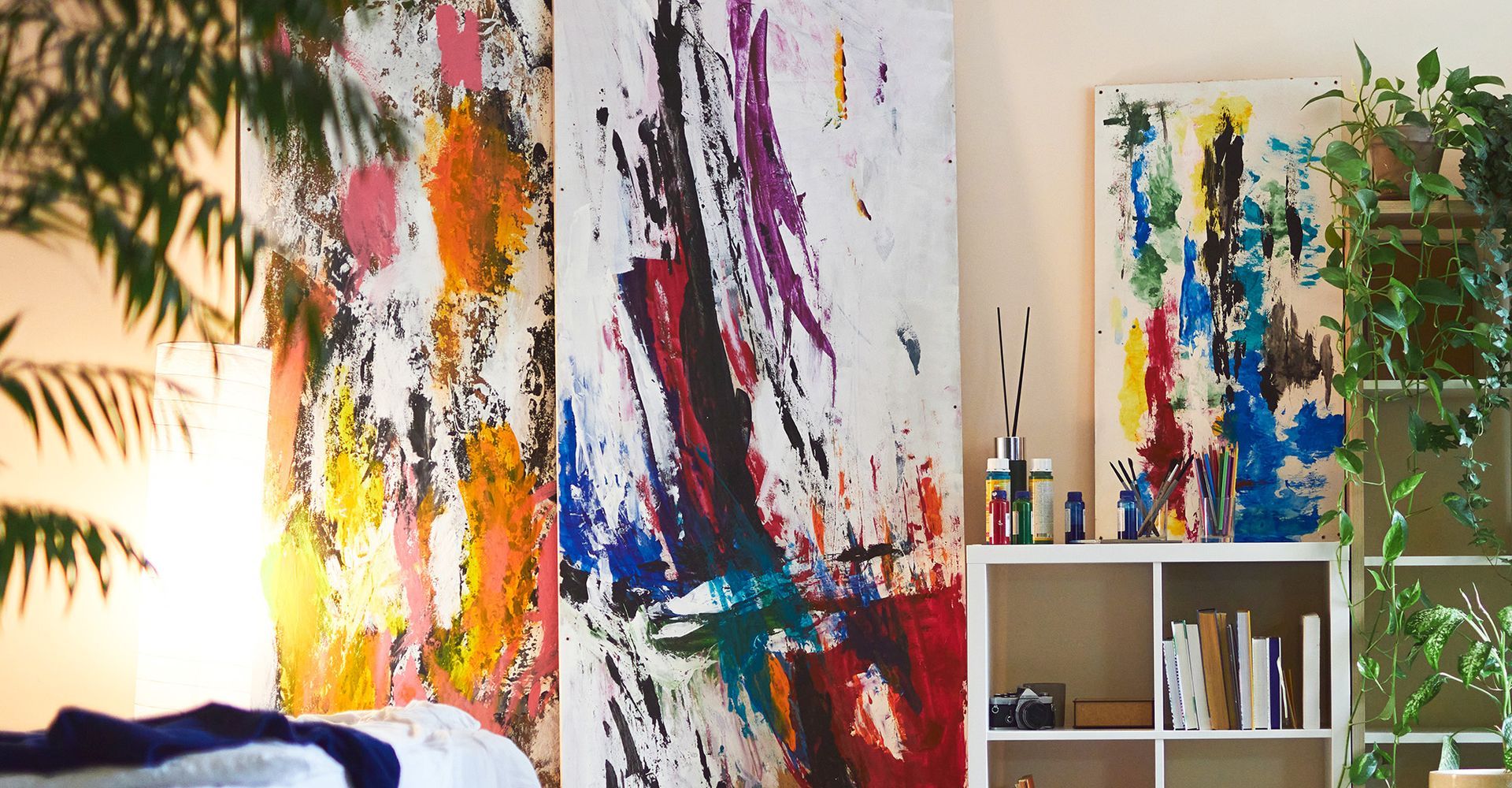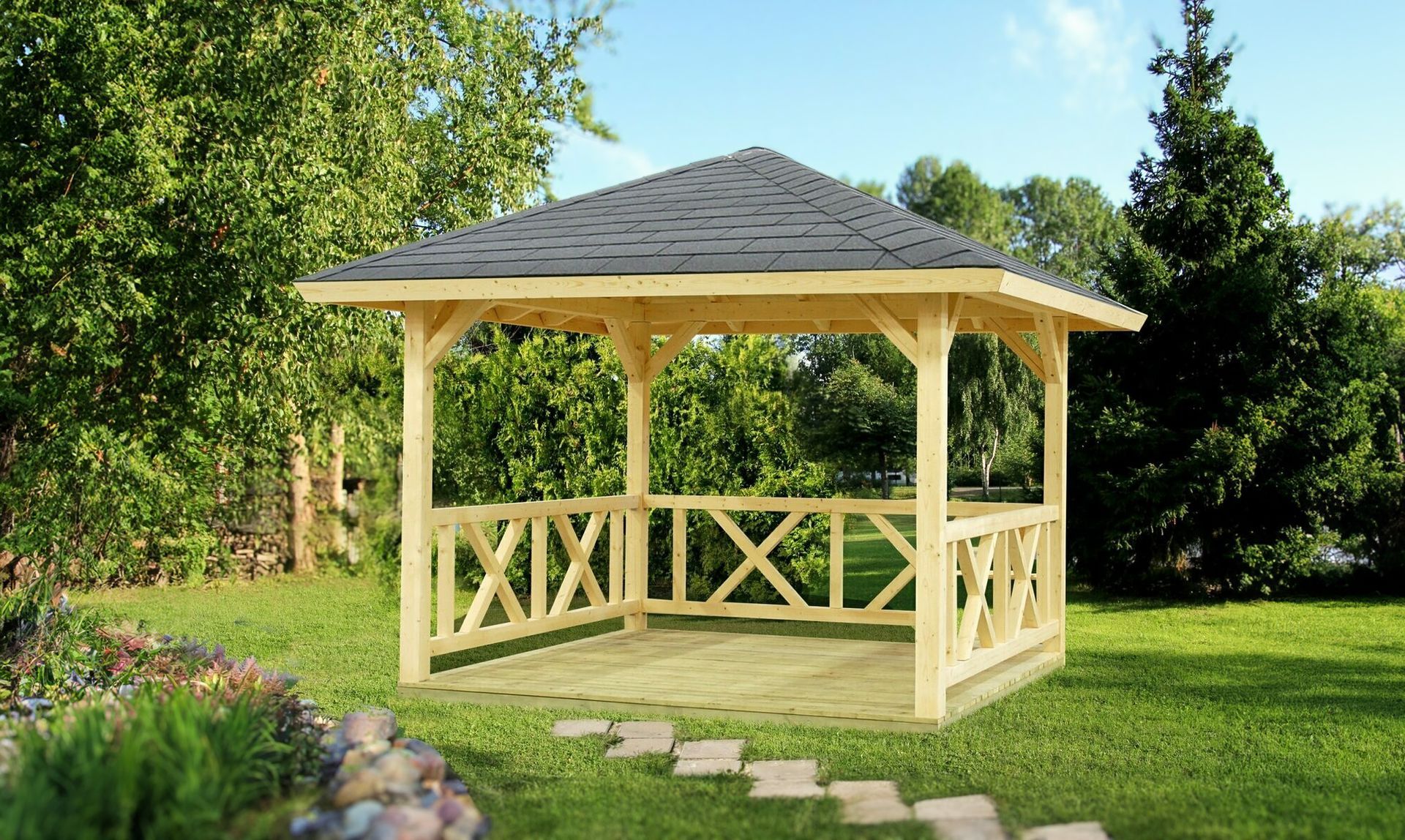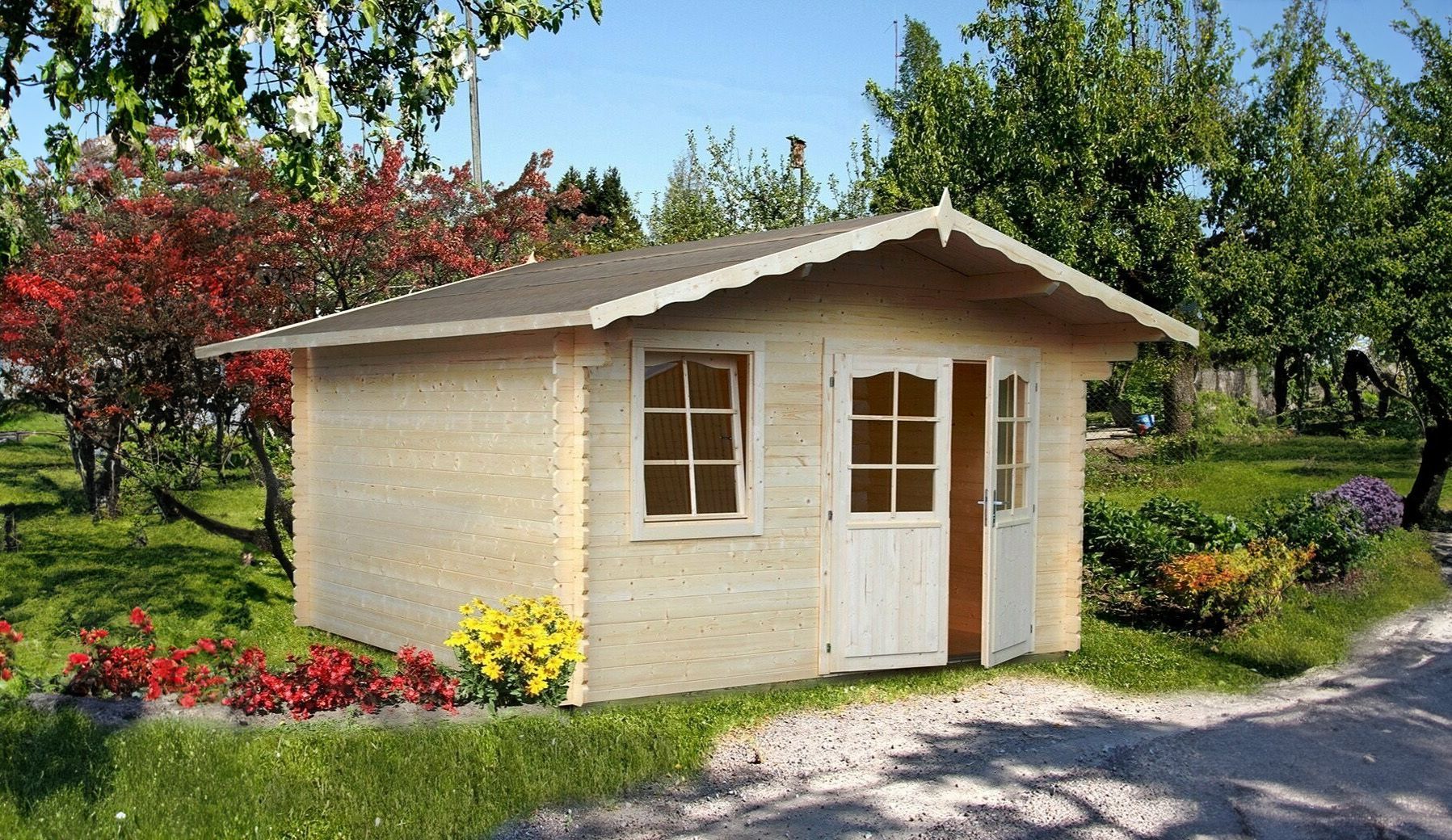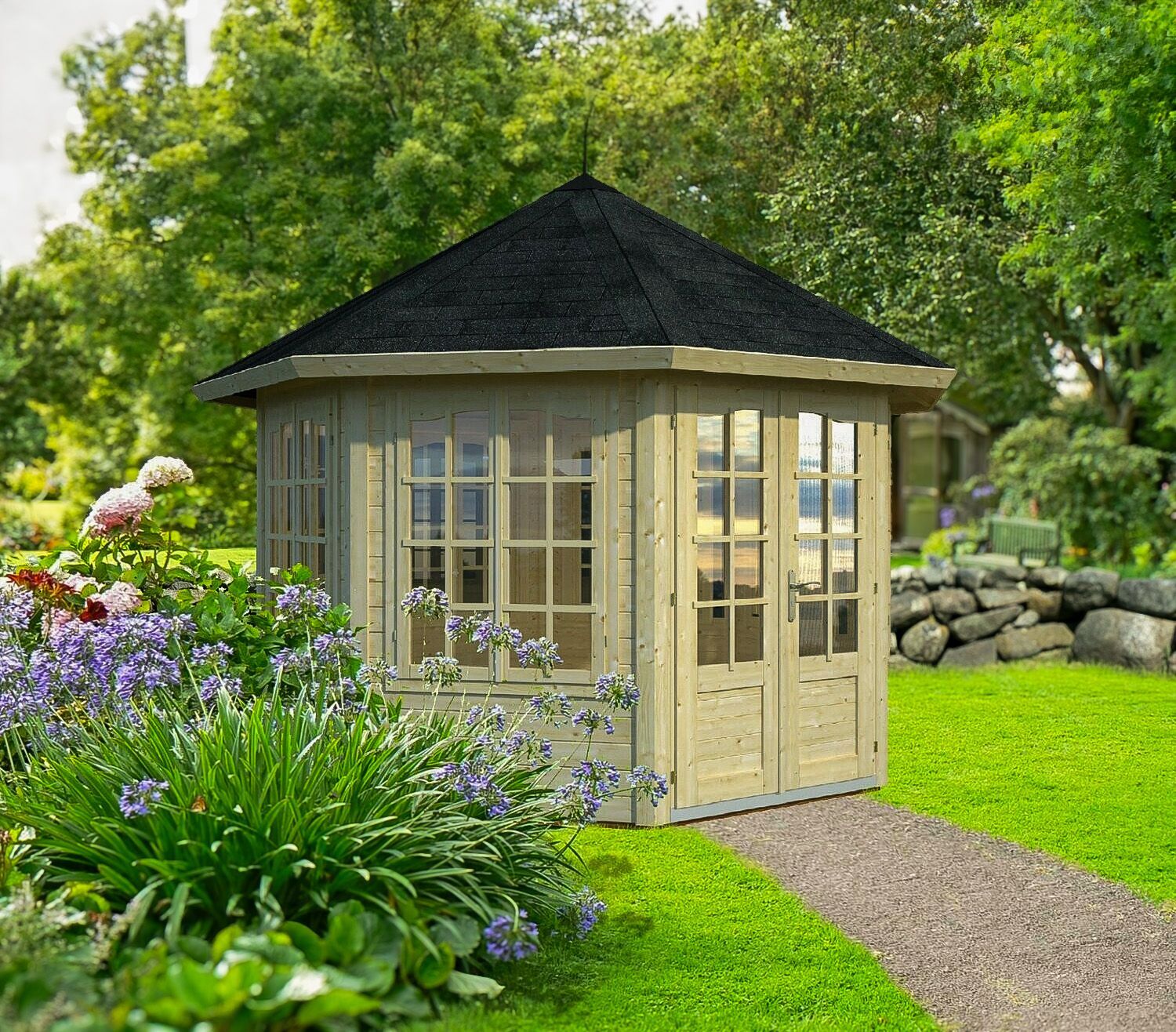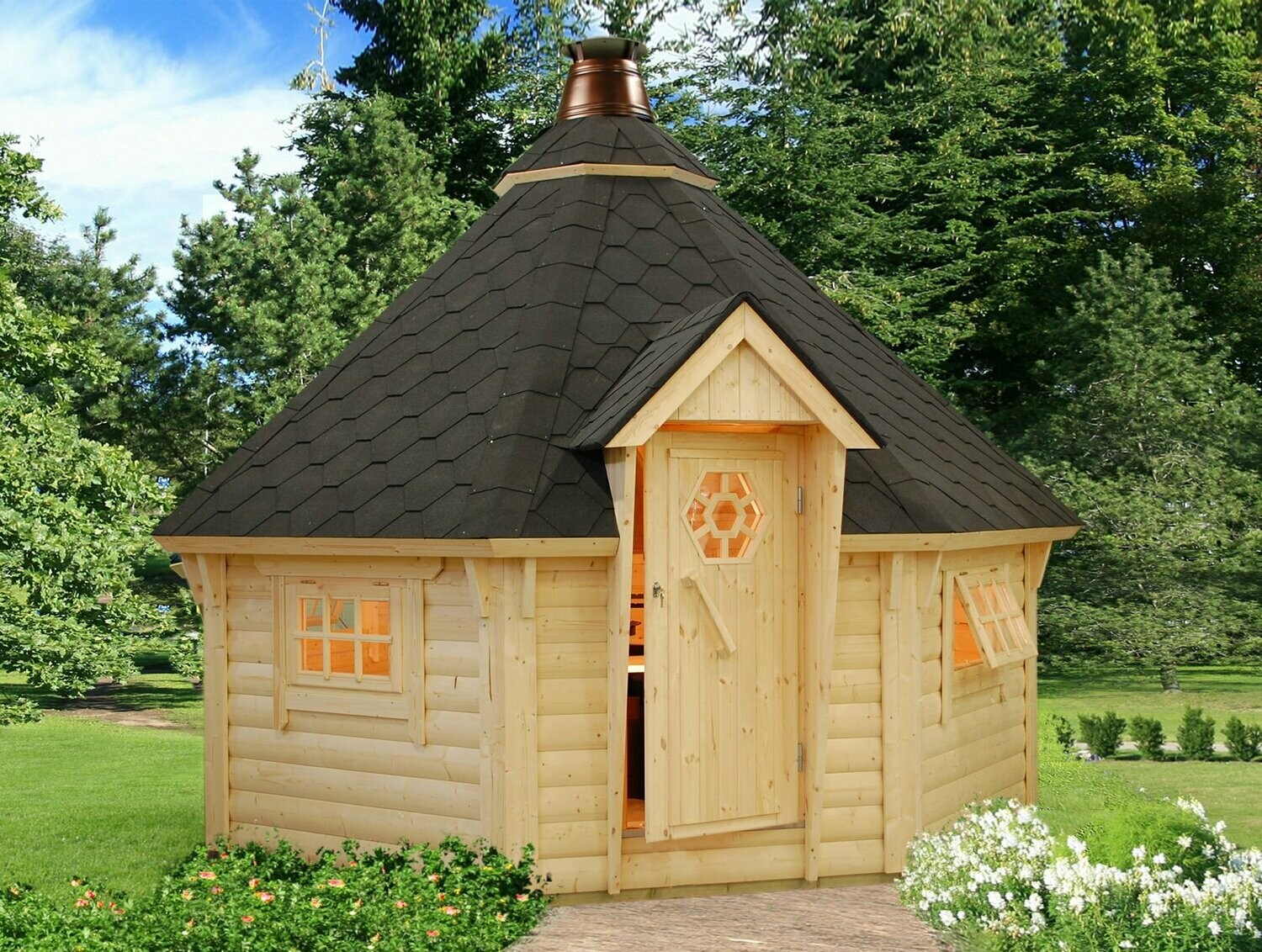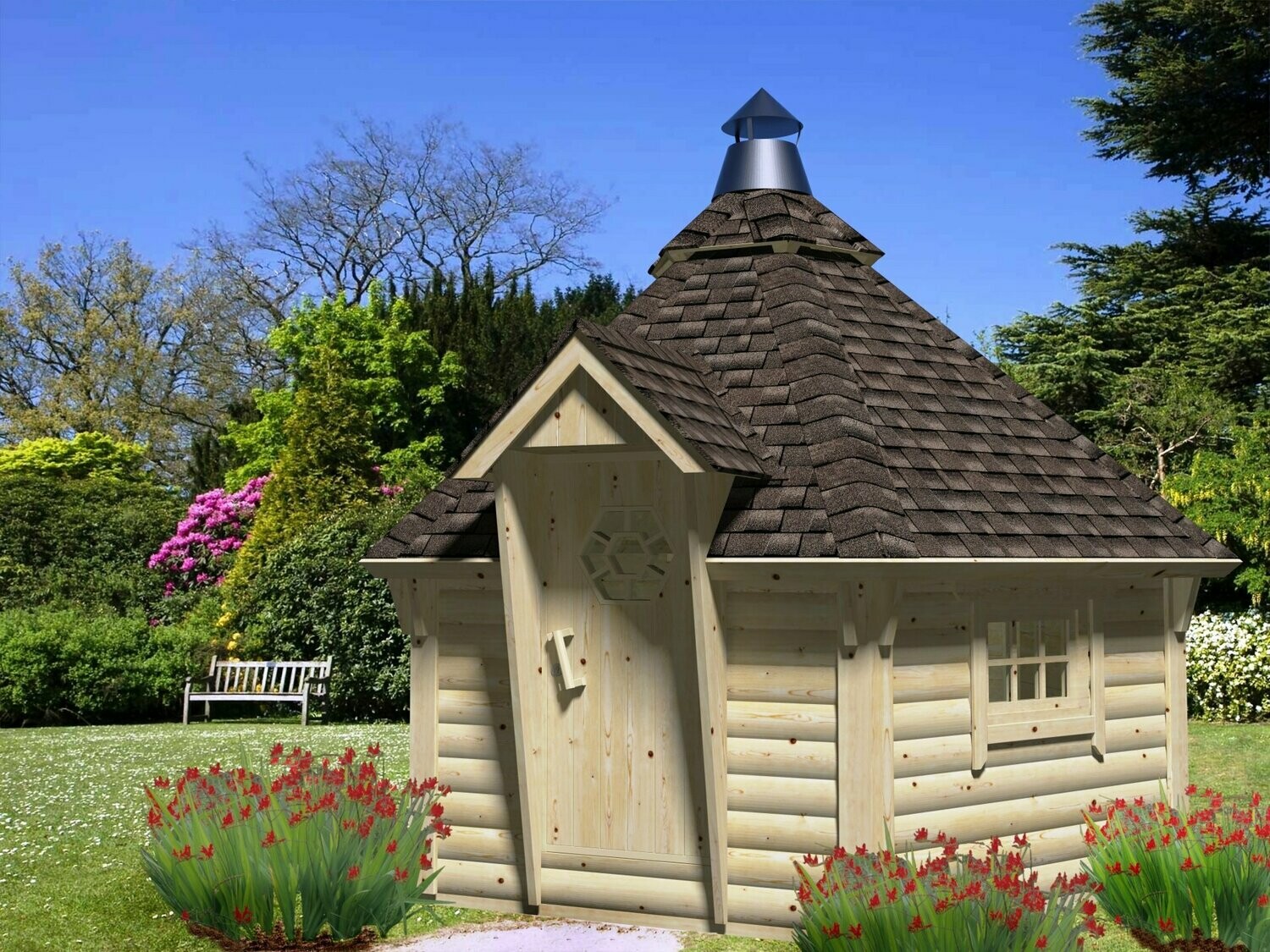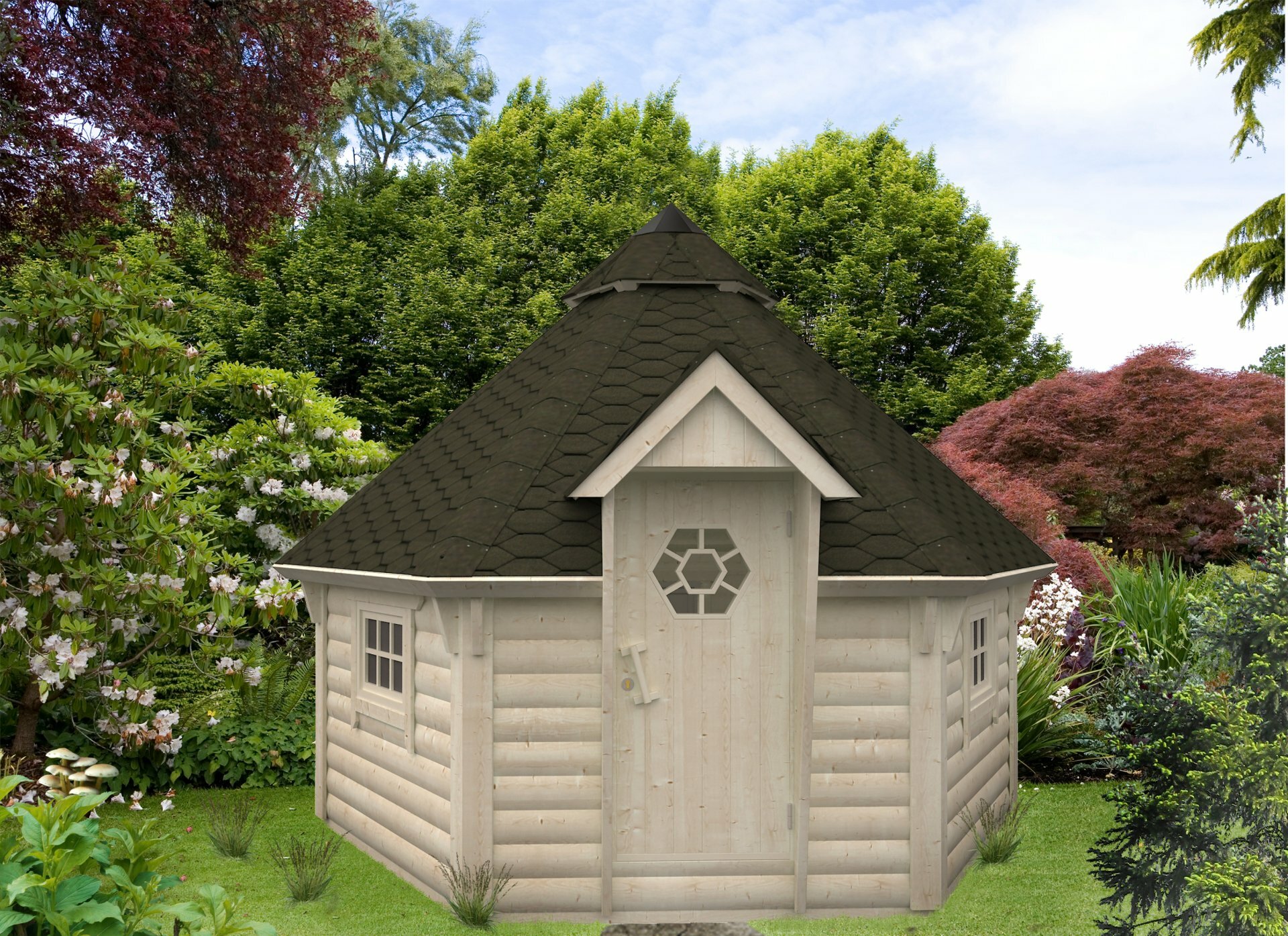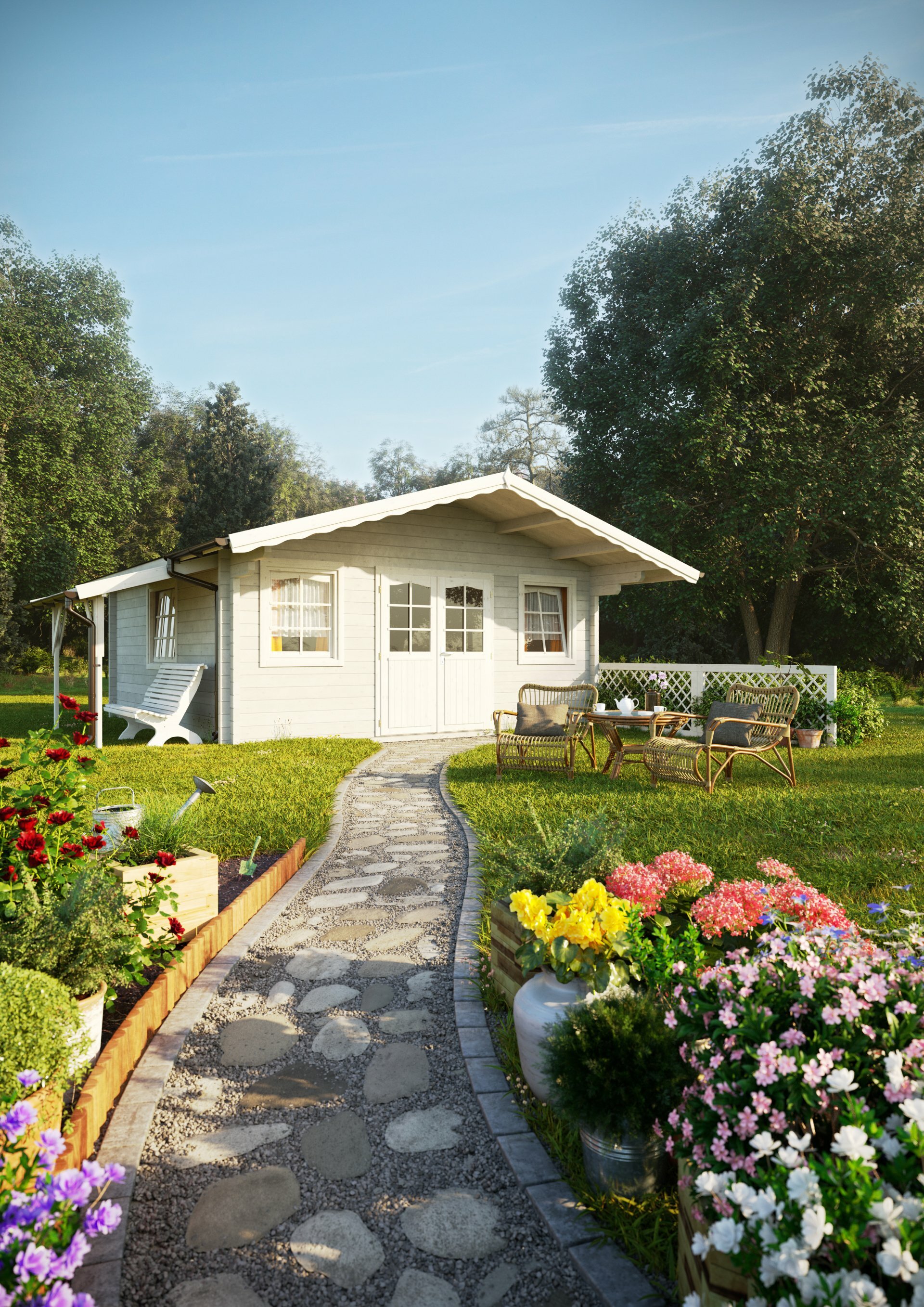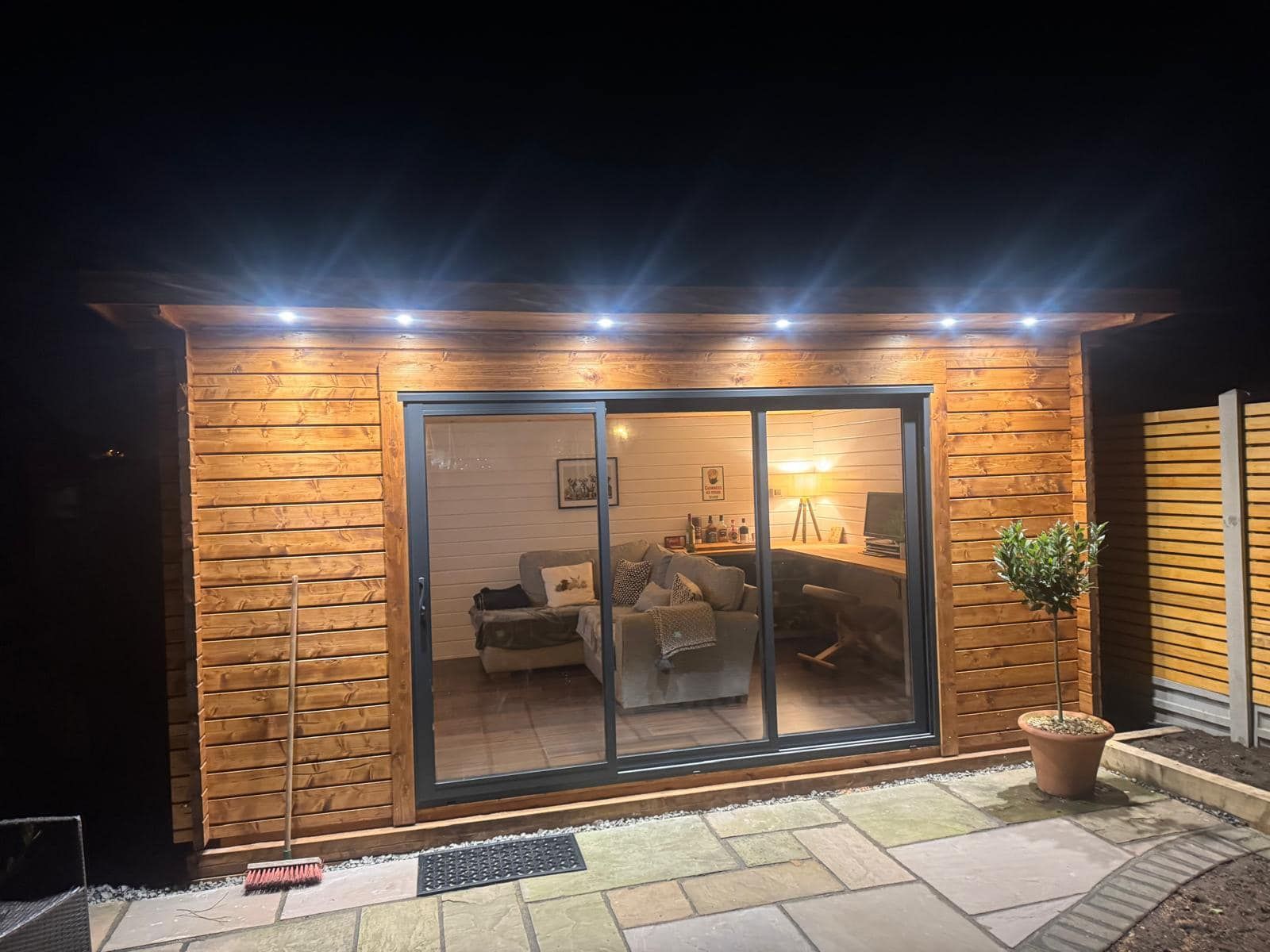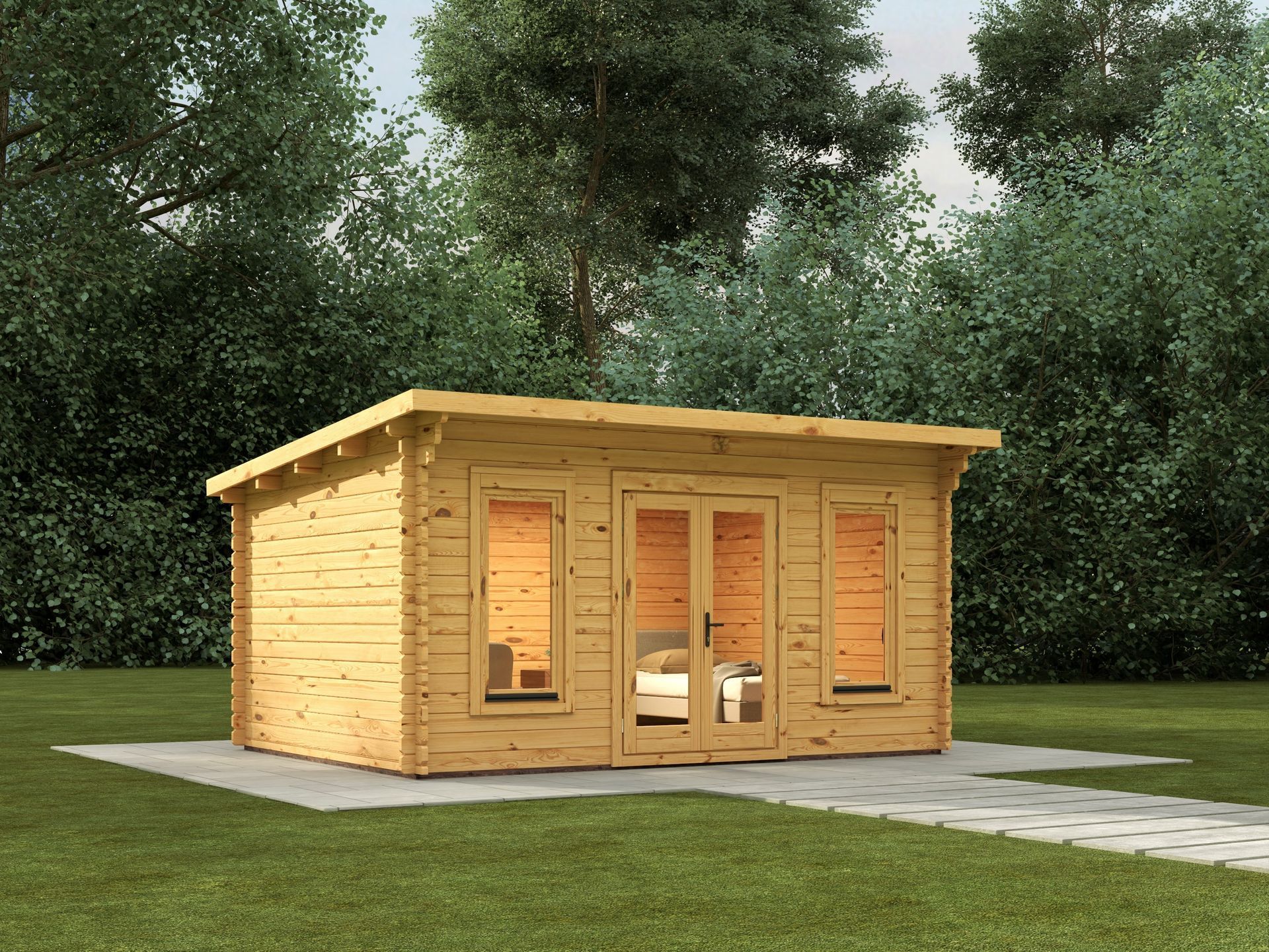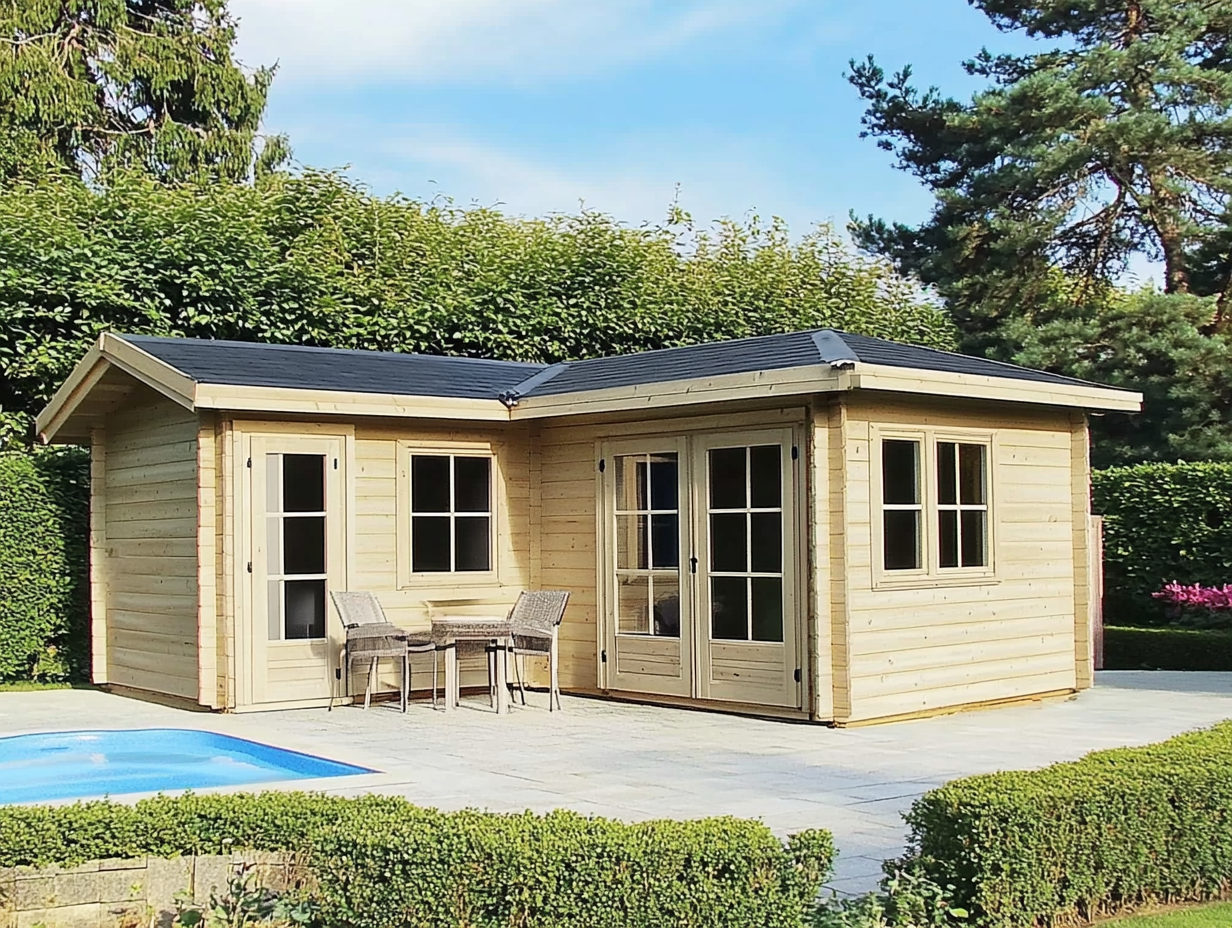What Is A BBQ Hut and Why Do You Need One?
A BBQ hut is a wooden cabin where you can safely host barbecues in the summer and relax in the winter. There are several reasons as to why you should consider investing in a BBQ hut and in this article we are going to be looking at our top 5 reasons. As always, if you have any questions about finding the perfect cabin to match your needs or would like any more information on our products, please do not hesitate to get in touch.
New Way To Spend Time With Friends And Family
BBQ huts are a great excuse to get your family and friends round to your home for some quality time. Invite them over for a night of food and drinks in your brand-new BBQ hut. You don’t need to limit yourself to only using your BBQ hut in the summer either, our BBQ huts are often used all year round as a warm and cosy outdoor space to spend time with friends and family during the colder winter months.
A Great Escape From Your Daily Routine
Sometimes you need a place away from your home to relax. Your BBQ hut can be used as a quiet sanctuary. They are a great escape from the outside world. Bring an enjoyable book to the hut with you and simply escape to another world for a couple of hours. You never know, this might just be something that you need. You may find that you feel tons better after an evening of rest and relaxation in one of our bespoke made BBQ huts.
Added Feature In Your Garden
A BBQ hut will take your garden to the next level! People often spend most of their time at home looking out into their garden why not add something that makes you excited to spend time in your garden. A fantastic feature of having a BBQ hut is that you can use them in both the summer and wintertime. The whole family will get the use out of your BBQ hut. The children can play in it, pets can also relax out of the sun during those particularly warm summer days. Investing in a BBQ hut will enrich your garden and home for years to come.
BBQ Huts Can Save You Money On Food
BBQ huts can help you spend less money on food thus leading to saving money, especially if you are someone who loves a takeaway. Instead of ordering burgers and steaks which can be quite pricey, you can practice, perfect, and show off your cooking skills. Instead of spending money on a takeaway, use that money to host a barbeque party for your friends and family.
BBQ Huts Can Boost The Value Of Your Property
BBQ huts are slowly becoming more attractive to potential buyers and estate agents alike. If you want to boost the value of your property, a BBQ hut could be the way to go, especially if you have been thinking about purchasing one for a while. The main reason they may add value to your property is because weatherproof garden buildings that are strong and heat-insulated are considered to be worthwhile investments by estate agents and are often viewed as additional rooms or space associated with a house purchase. BBQ Huts are also
great cabins fit for a smaller space.
Comment On This Log Cabin Store Post
Share This Post
Get your dream log cabin
Fill in the form below and we'll be in touch.
Contact Us
More From the Log Cabin Store
